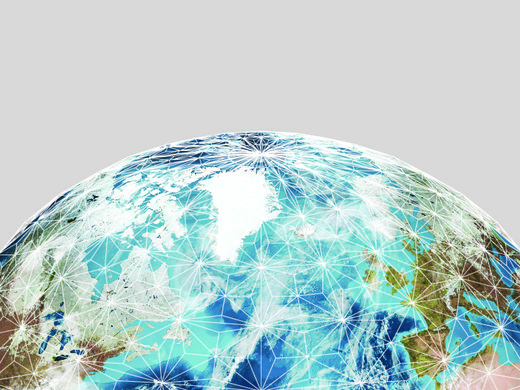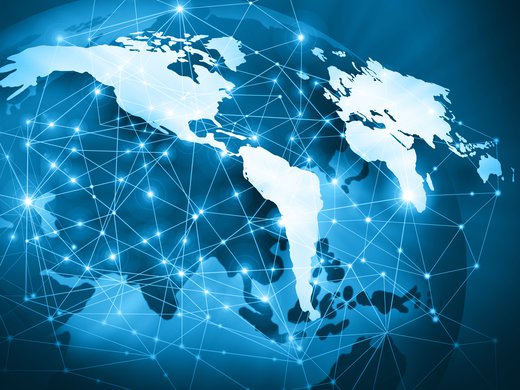As the world goes digital, women are increasingly being left behind. About 250 million fewer women are online than men, and the gender gap is widening — from 11 percent in 2013 to 12 percent in 2016. The problem is especially pronounced in the least developed countries, where 31 percent fewer women than men are online.
The reasons for this are varied: education gaps, lower income and cultural norms can all contribute to keeping women off-line. And even when women have the means and know-how to connect to the Internet, online harassment can be a barrier to their full and equal access.
A recent survey of Indian women found that 58 percent of respondents experienced online aggression; 28 percent reduced their online presence as a result. And an American study showed that young women experienced more severe online harassment than men, including stalking and long-term harassment, and were more likely than men to censor themselves online to avoid being targeted. These findings suggest that women’s voices are getting left out of the public conversations that the Internet was supposed to enable.
While the Internet and digital technology can open a world of opportunities to all users, they bring particular benefits to women.
1. Health and Safety
In remote and underdeveloped areas, where medical facilities are few and far between, the Internet can make it easier for women to access health care and receive critical information. For instance, in Uganda, where the maternal mortality rate is far higher than the global average, local health providers use mobile phones to ensure women receive all their recommended prenatal and antenatal checkups, and a popular Facebook group shares easy-to-understand reproductive health information. The Ugandan health ministry reports that clinic attendance for pregnant women and young mothers has increased since these programs were introduced.
UN Women is also using Internet technology to provide a lifeline to women in the Northern Triangle region of Central America, where forced migration contributes to double-digit murder rates for women. The organization is working with partners to improve communication for migrants and human rights advocates along migration routes to make the journey safer for women.
2. Advocacy and Awareness
The Women’s March on Washington this past January illustrated the power of social media to mobilize social movements. This power is amplified when it comes to advocating for women’s rights in places where women’s voices are typically silenced. In Russia, where domestic violence is widespread and often condoned by society, women formed a group on the VKontakte social network called “Shut Your Sexist Mouth Up” for women to anonymously share their stories of abuse and institutional misogyny. While shedding light on a serious social problem, the group’s administrators also help to access psychological help for some of the women sharing their stories.
3. Income and Employment
The global workforce is becoming increasingly digitized, and when women don’t gain digital or Internet skills, they miss out on opportunities. But there are other ways women can use the Internet to expand their economic opportunities. When women in developing countries gain Internet access, research shows, 30 percent use it to earn additional income (including entrepreneurs who sell their products online), 45 percent use it for job hunting and 80 percent use it for education.
4. Representation and Leadership
Gender gaps persist at all levels of the information and communications technology (ICT) sector, from programming to leadership. Women make up less than 20 percent of the ICT workforce, and just six percent of app developers are female. When women aren’t represented in the tech workforce, it means their voices aren’t heard when it comes to decisions that affect how everyone uses the Internet, social media and tech products. Critics have questioned why commercial artificial intelligence assistants — think Apple’s Siri, Amazon’s Alexa or Microsoft’s Cortana — are given female personas, which perpetuates a stereotype of female subservience. (A recent report also found these “female” assistants had less-than-ideal responses to sexual harassment.)
The gender imbalance has also been blamed for social networks such as Twitter continuing to allow harassment to thrive. As a researcher for the Data & Society Research Institute told The Atlantic: “The people who are building these technological platforms aren’t the people who this data would suggest would be at risk of witnessing or experiencing harassment as much as other groups…So what does that mean in terms of the kinds of things that you think are important to build into the technology that you’re creating?”



